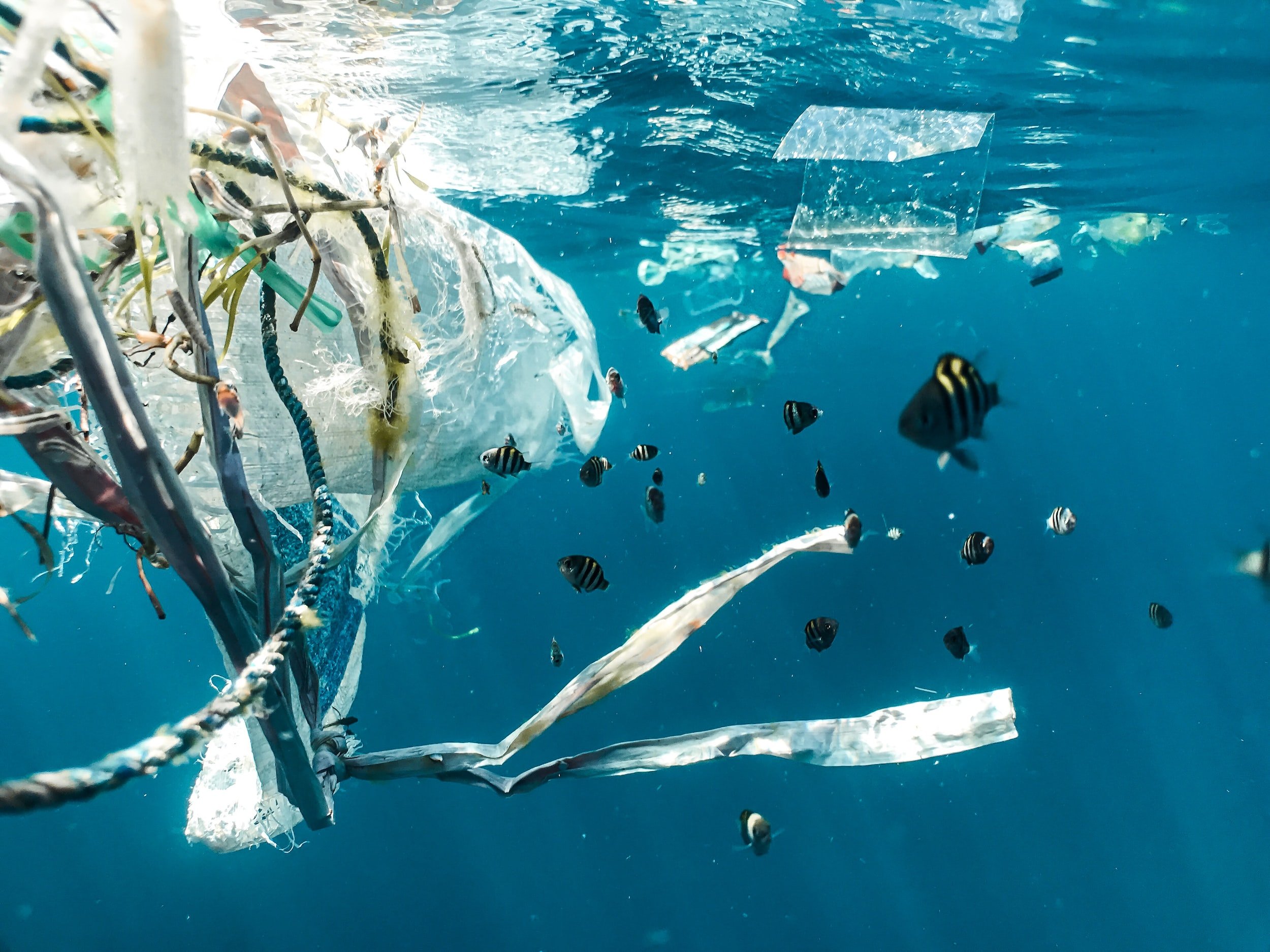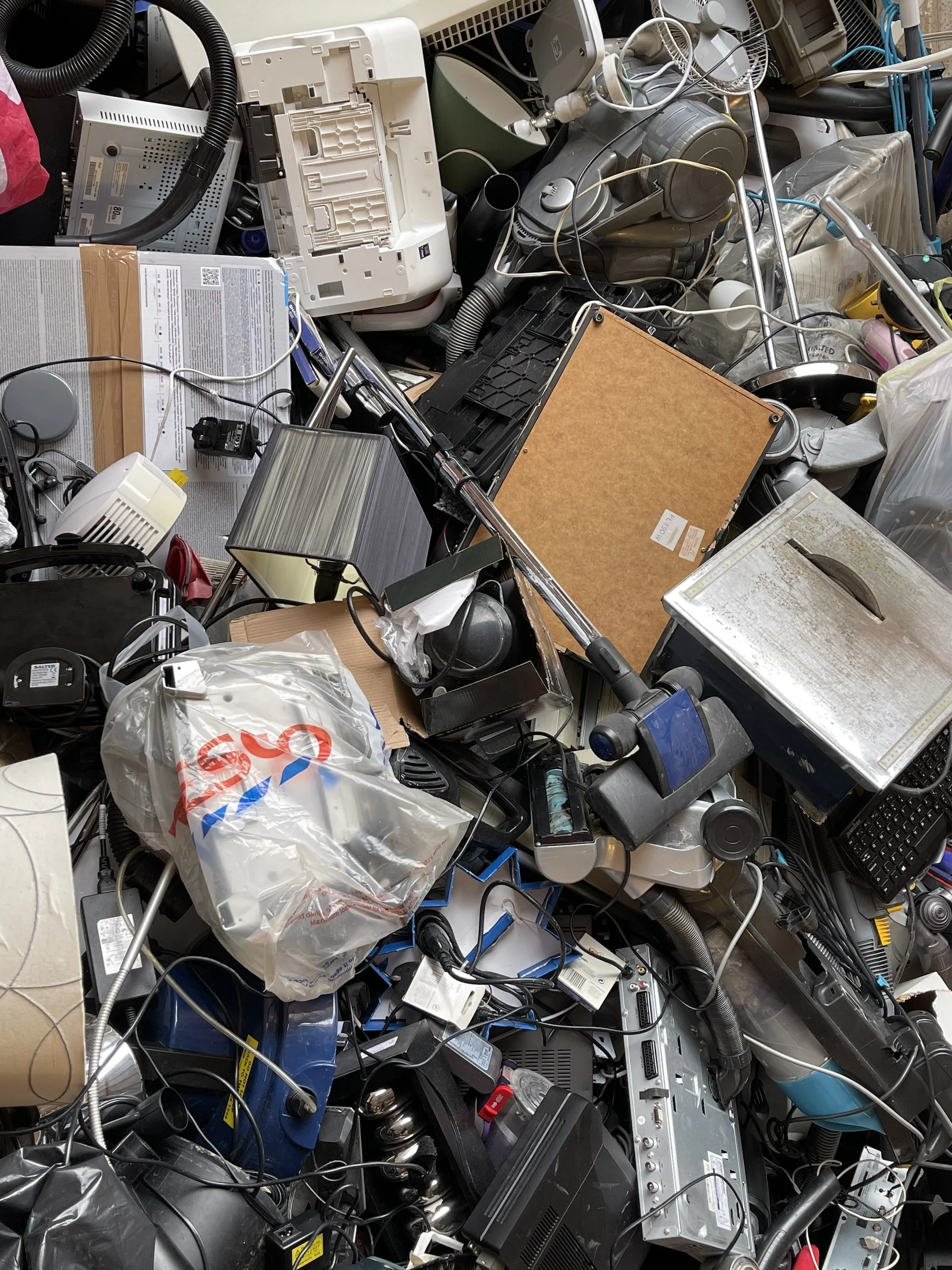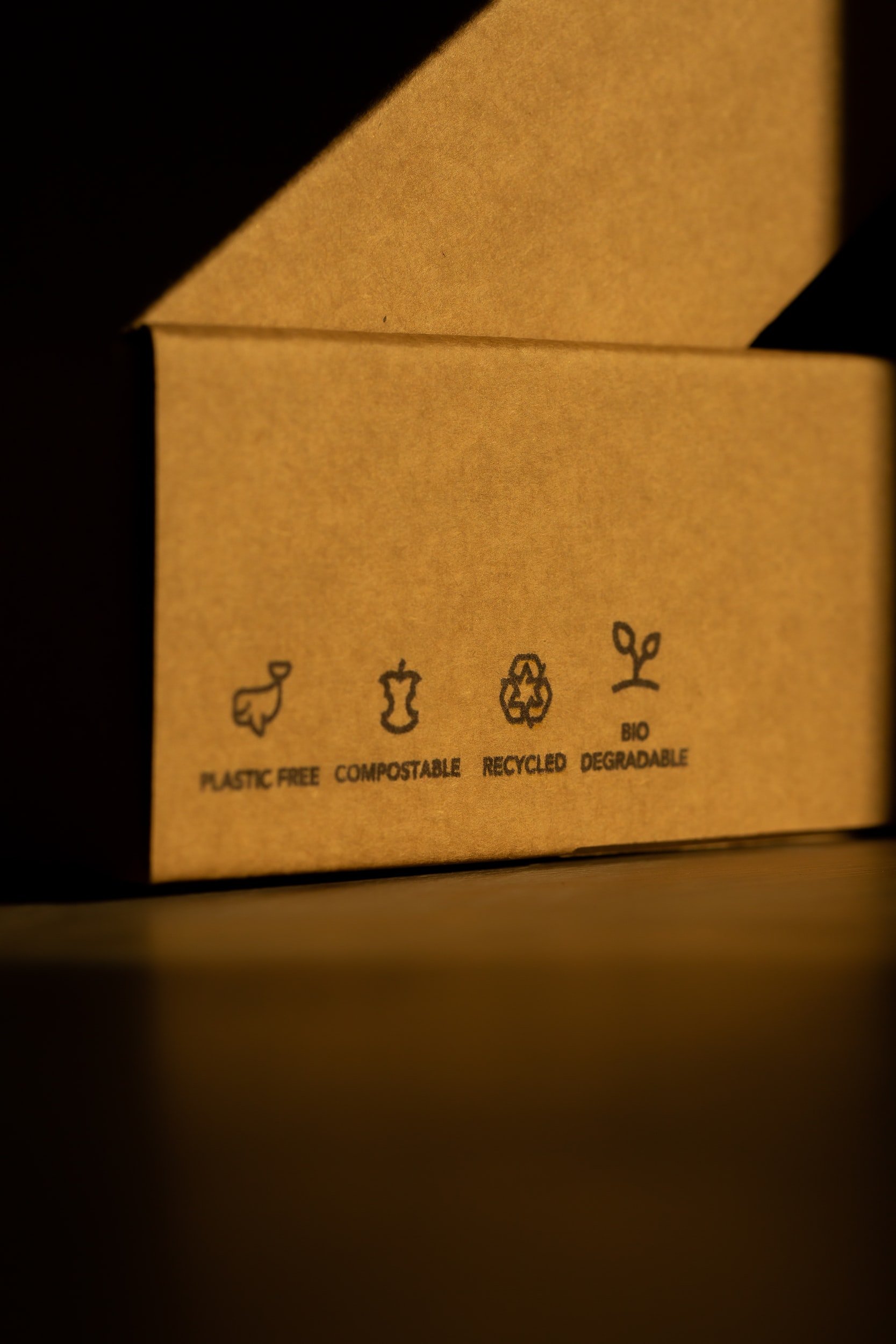Problem Card #4:
Managing Waste
What do you do with an empty bottle? Does your school encourage Nude Foods?
Plastics have become a part of nearly every aspect of our lives. Most people know that inappropriate disposal of plastics threatens marine animals and are aware of the importance of recycling, but is recycling the only option for dealing with waste? The phrase ‘Reduce, Reuse, Recycle’ has been updated to ‘Refuse, Reduce, Reuse, Recycle.’
Have we thought about how much energy is needed to turn one bottle into something else?
This Problem Card introduces the industry issue so that students can devise their own STEM-related solutions.
Explore the Problem Card below, and find teaching resources, including Curriculum Activities, customisable Unit Plans and Marking Rubrics at the bottom of the page.
Waste is a big problem and it’s just getting bigger – so what are the options?
CSIRO research has shown that approximately three-quarters of the rubbish along the Australian coast is plastic, with some city coastlines containing more than 40,000 pieces of plastic per square kilometer!
Our oceans and beaches are choked with debris from both the land (litter flushed out to sea through stormwater drains) and marine industries (loss of equipment, often from fishing). Floating plastics are a major threat because they don’t break down.
Northern Australia is especially vulnerable because of how close it is too intensive fishing operations and ocean circulation and wind patterns that make it easy for floating debris to collect.
How does this debris impact marine animals?
What happens when they ingest these plastics or become entangled in them? What are ghost nets and why are they a threat to our marine wildlife?
Research this topic to find out more.
Innovate
Read about some real-world industry problems in the Waste Management sector to gain some context.
When you’re done reading, move on to the CREATE section for an introduction to Problems that students can solve.
You can also download a printable, PDF version of the problem card.
Australia is one of the highest waste-producing nations per capita in the world.
Consider e-waste, that is the old TVs, DVDs, computers, household appliances and other electrical goods that we throw away. This type of waste has emerged as one of our fastest-growing waste streams but only about 10% is recovered or recycled.
By 2008 we had already sent some 17 million televisions and 37 million computers to landfill.
But e-waste devices also include valuable metals such as copper, silver, gold, palladium and other rare materials that are ending up in landfill.
Can we do things differently?
Can we make money from what we currently throw away?
Is plastic all bad?
Can it also be good for the environment?
Create
This section will introduce an industry problem related to Waste Management that students can choose to address with STEM-related solutions.
Let’s Create a Plastic-free Ocean:
How can we innovate the waste and recycling industry?
Think about:
What sort of impacts are plastics and waste having on our society?
How can these impacts be minimised?
There are lots of things to consider – why did our society turn away from natural fibers like animal skins, wood and plant material?
Is there a way to balance the good and bad aspects of plastics?
How can we educate people about what happens to plastics after they leave their house?
Additional Resources
-
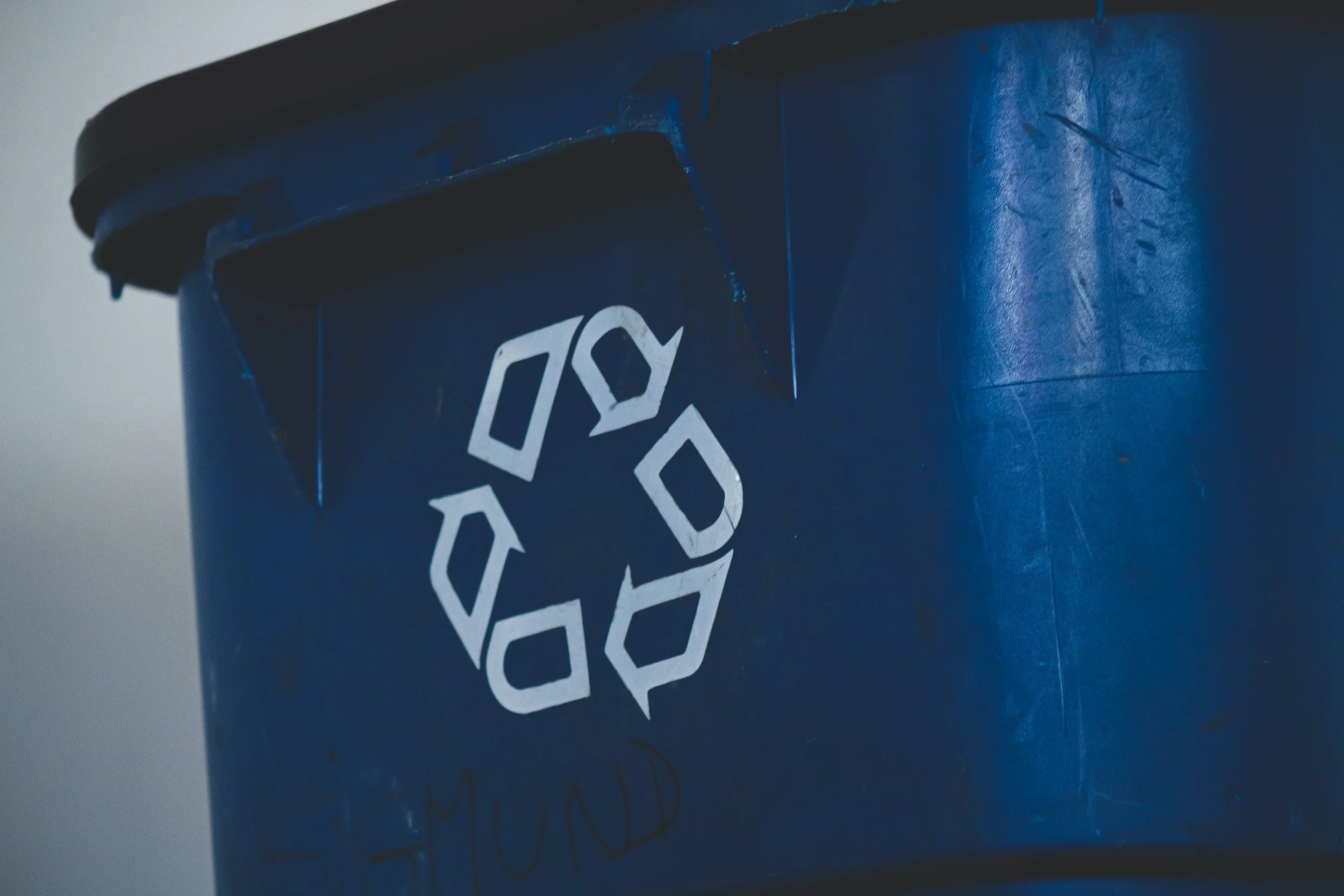
Problem Card
Download a printable, PDF version of this Problem Card.
-

Managing Waste Curriculum Activity
Explore relevant Curriculum Activities
-
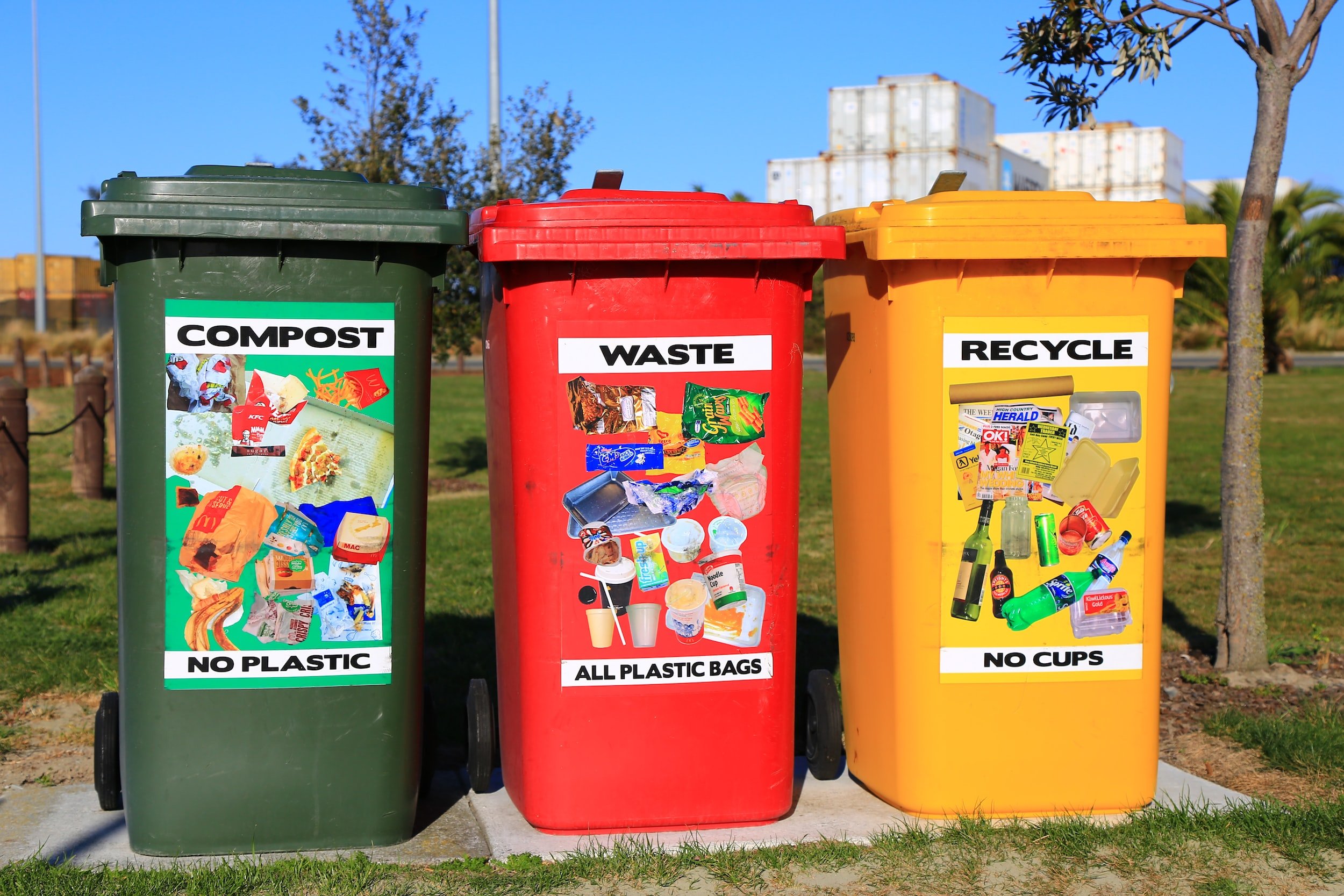
Student Worksheet
Download an editable student activity worksheet.
-

Rubric
Download an editable marking rubric
-

Unit Plan
Download an editable suggested Unit Plan
